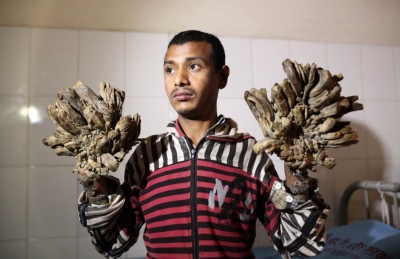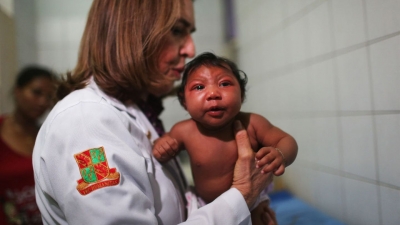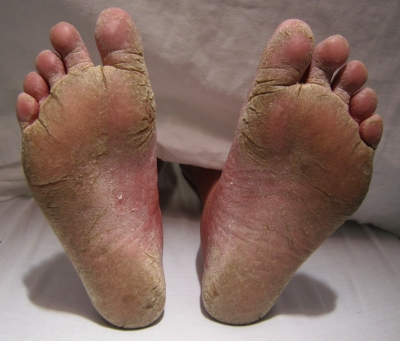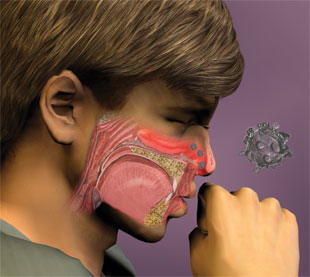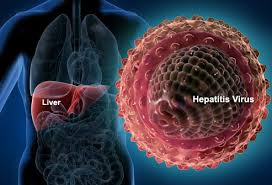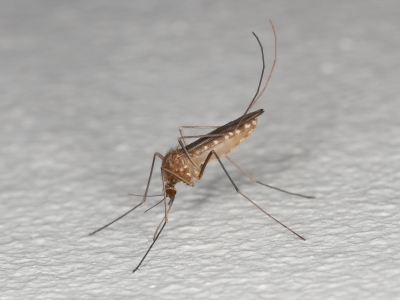
Culex pipiens is commonly referred to as the House Mosquito. It is the main vector, or carrier, of St. Louis Encephalitis, West Nile Virus, Western Equine Encephalitis, Heartworm in dogs, and bird Malaria.
The House mosquito species is also a conveyor of Rift Valley Fever, Sindbis virus, and filariasis in other regions of the world. Although its main target has been birds, the House mosquito is now targeting humans and mammals on a regular basis. The mosquito bites an infected bird and then goes to another blood meal host, whether a human or another bird, and bites that new victim, injecting it with the virus from the original bird. This process has helped to spread diseases from bird to bird, and more recently, from bird to humans and other mammals. Culex pipiens can therefore be considered a “bridge” vector as it transmits viruses between birds and mammals.
Considered to be a medium-sized mosquito, the adult Culex pipiens may reach up ¼”. The House mosquito species' body is usually brownish or grayish brown. The proboscis and wings are usually brown.
Eggs are laid in rafts of 150-350 eggs in polluted or foul water in a variety of water-filled containers or areas. The eggs usually hatch within 2 days.
Larvae are known as wigglers since they seem to move in that manner. They feed on fungi, bacteria and other tiny organisms through straw-like filters. These larvae will undergo growth throughout the four instars of this stage.
Pupae are known as tumblers because of the way they seem to “tumble” through the water. Their rounded, comma-like shape makes this mode of movement easy. These pupae do not eat during the 1-2 days in which they will become an adult mosquito. If you suspect you have a house mosquito infestation, then an effective mosquito control system can offer protection against these pests and their mosquito-borne diseases.
Picture Credit : Google
